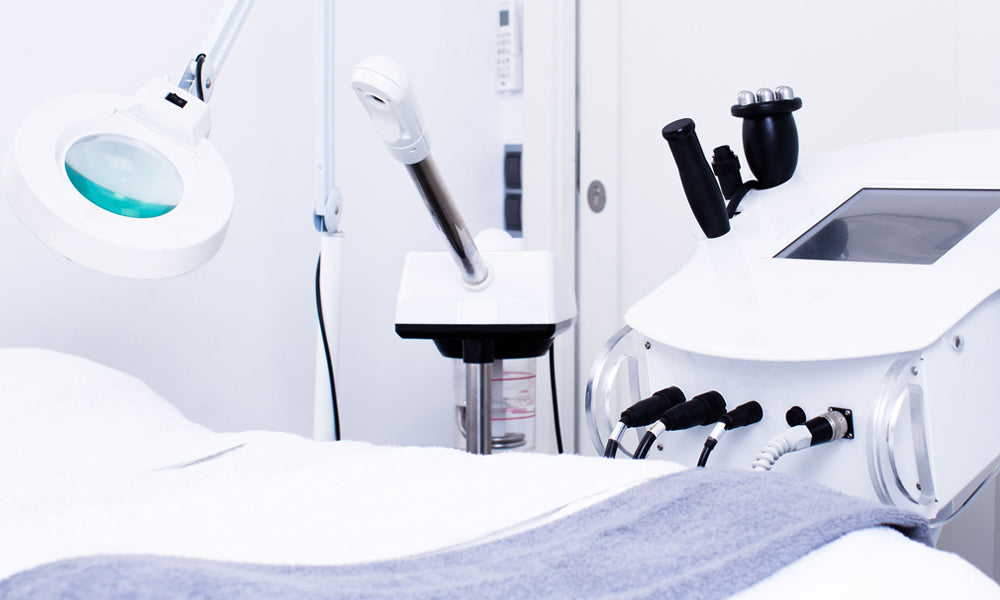Chemical Peels
WHAT THEY ARE EXACTLY
Chemical peels, regardless of type, are rejuvenating treatments. Acting as exfoliators, they remove the layer of dead cells that sit on the skin’s surface and stimulate the production of new healthy epidermal cells beneath. They work by introducing controlled injury to the skin to a specific depth.
WHAT THEY ARE EXACTLY

THE DIFFERENCE BETWEEN THEM
Peels – better described as resurfacers – are divided into three categories: superficial, medium and deep peels – which defines the penetration depth when applied to the skin. While each affects clinical outcomes differently, the depth of the peel also describes the level of injury caused to the skin.
THE DIFFERENCE BETWEEN THEM
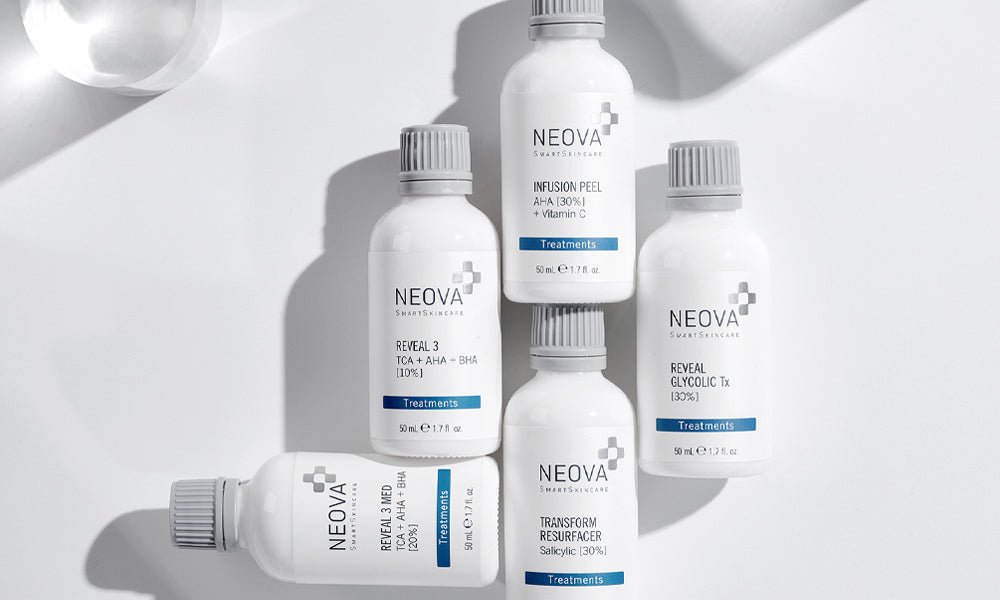
Superficial peels are the ‘lightest’ with no downtime expected. They penetrate into the epidermis and provide instant brightening and smoothing of the skin. Suitable for those with mild to moderate photodamage, pigmentation, mild acne scarring, dry skin, post inflammatory pigmentation, fine lines, wrinkles and ‘dull’ skin, they have significant scientific research to support their efficacy.
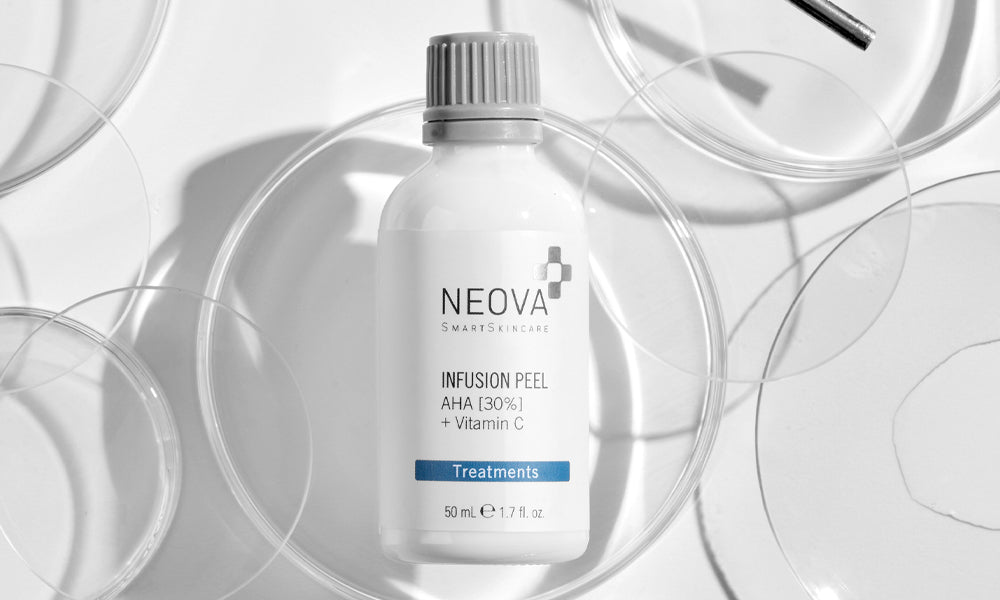
Medium-depth peels are favored for moderate skin damage as a stand-alone treatment or as part of a combined or blended peel. Blended peels – the newest to the category - tend to be less aggressive with less recovery time or shedding of the skin. TCA peels are a medium-depth peel that penetrates deeper than the glycolic or salicylic acid peels, making them highly efficient in reducing scarring, minimizing fine lines and pigmentation issues.
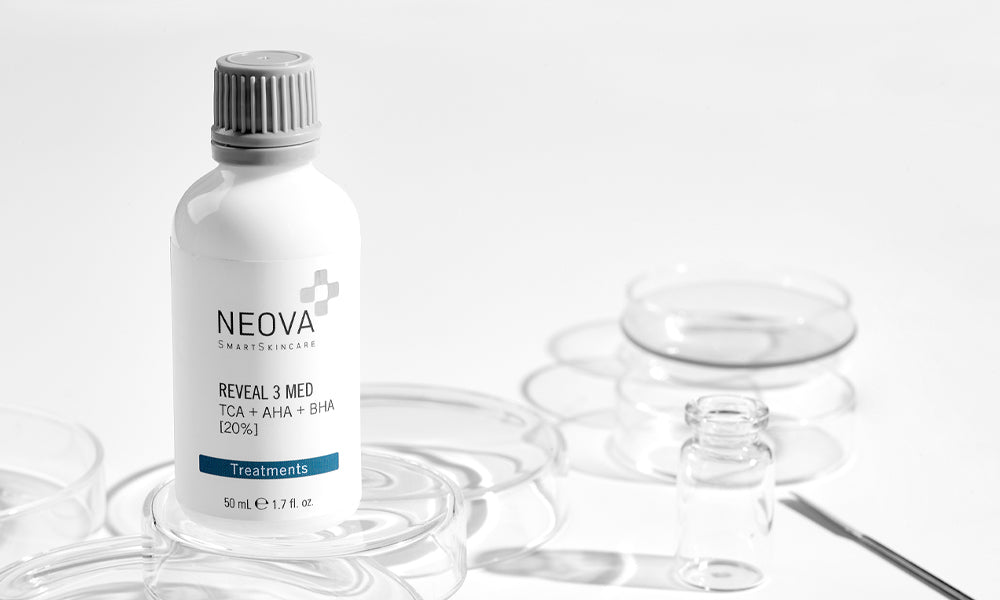
Deep peels, uncommon today because of the continuous development of superficial and medium peels, and the acceptance of a series of them, mean results are produced with little or no downtime. Deep peels must be performed within a typical aesthetic clinic environment and require sedation.

DIFFERENT ACIDS. DIFFERENT SOLUTIONS.
Glycolic and other alpha hydroxy acids [AHA] work brilliantly on sun-related dullness and restore brightness. AHAs exfoliate the outer layer of the skin and are particularly helpful dealing with hyperpigmentation, sun damage and even mild acne. Salicylic, a beta hydroxy acid, targets the oil production and clears congested pores. Highly effective, salicylic acid penetrates deeply and has anti-inflammatory properties that can offer relief to inflamed breakouts.
DIFFERENT ACIDS. DIFFERENT SOLUTIONS.
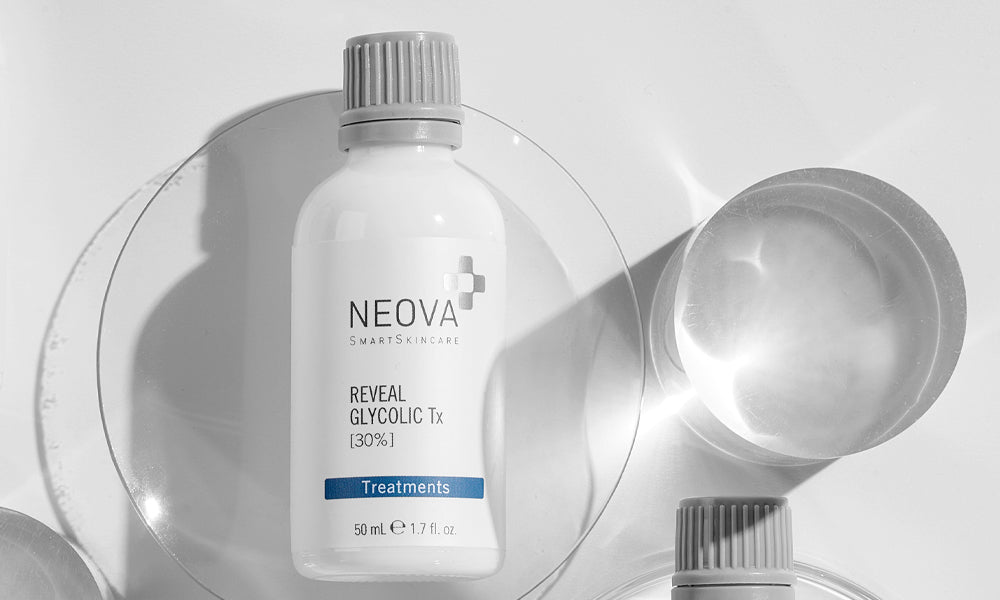
WHY RESURFACING IS IMPORTANT
Transform Resurfacer makes skin—and skin-care products—work better. It lifts away dead cells and triggers a chain reaction starting as the topmost layer is shed and moving on to signaling living cells below the surface to multiply and move up. As that happens, collagen production is awakened, hyaluronic acid is produced and skin looks better and is better.
WHY RESURFACING IS IMPORTANT
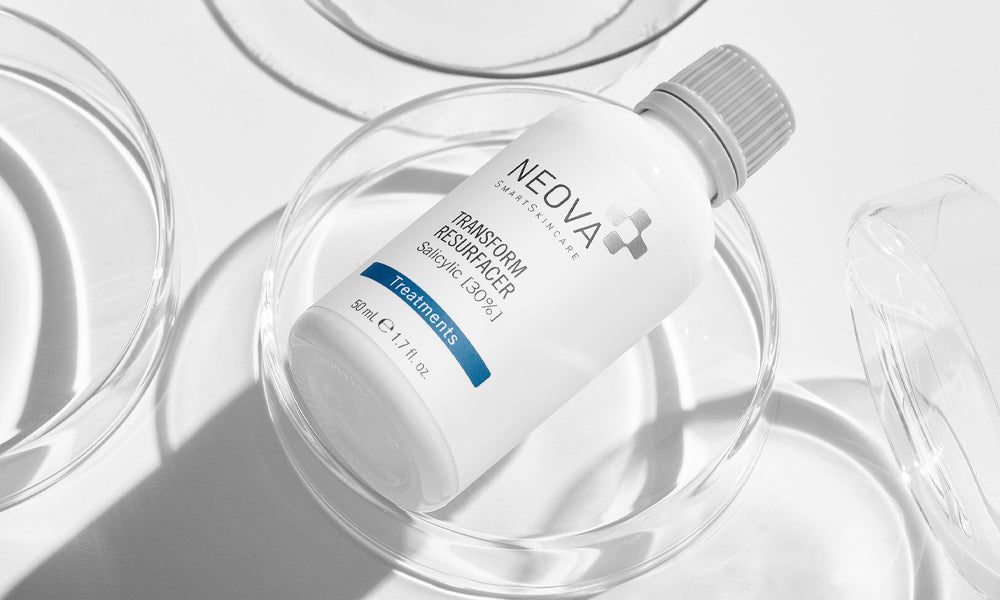
READY FOR THE TREATMENT?
Find a Skincare Professional near you to receive a consultation to see which chemical peel is right for you. Click here for Physician Locator.
READY FOR THE TREATMENT?
